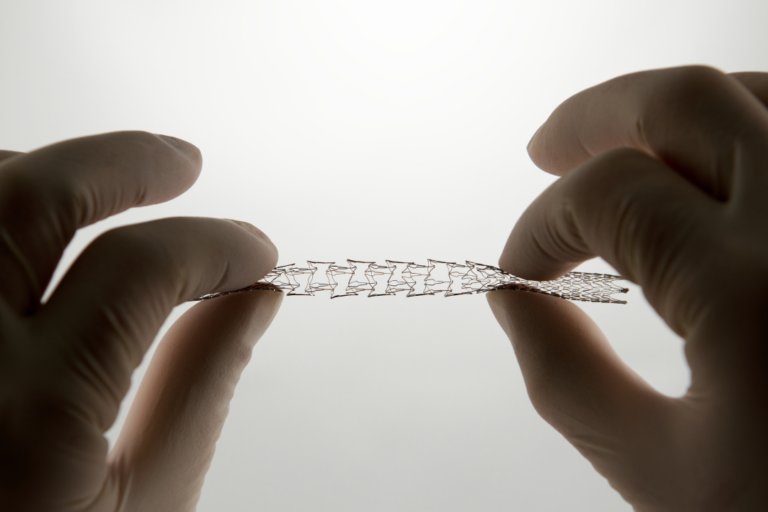DJ Stenting

DJ Stenting Procedure
DJ Stenting, or Double J stenting, is a procedure where a thin, flexible tube called a stent is placed in the ureter. This stent helps maintain urine flow from the kidney to the bladder, often used to treat blockages caused by kidney stones, tumors, or post-surgical swelling.
The procedure involves inserting the stent using a cystoscope, a thin tube with a camera and light. The cystoscope is passed through the urethra into the bladder, and the stent is carefully placed into the ureter. This can be done under local, regional, or general anesthesia, depending on the patient’s condition and the complexity of the procedure. The entire process typically takes about 30 to 60 minutes.
After the procedure, patients might experience mild discomfort, a frequent urge to urinate, or blood in the urine, but these symptoms usually subside within a few days. The stent remains in place until the underlying issue is resolved, which could be weeks to months.
DJ Stenting Benefits
DJ Stenting is beneficial for ensuring urine flow and preventing complications like kidney damage or severe pain due to obstruction. It’s a minimally invasive procedure that provides immediate relief from symptoms caused by urinary tract obstructions.
DJ Stenting Risks
While DJ Stenting is generally safe, it carries some risks, including urinary tract infections, stent migration, and irritation or discomfort during urination. Some patients might experience pain or discomfort due to the stent’s presence. Regular follow-ups with the healthcare provider are essential to monitor the stent’s position and ensure there are no complications.
Discussing these aspects with a healthcare provider can help patients understand the procedure, its benefits, and potential risks, ensuring they are well-informed before undergoing DJ Stenting.




